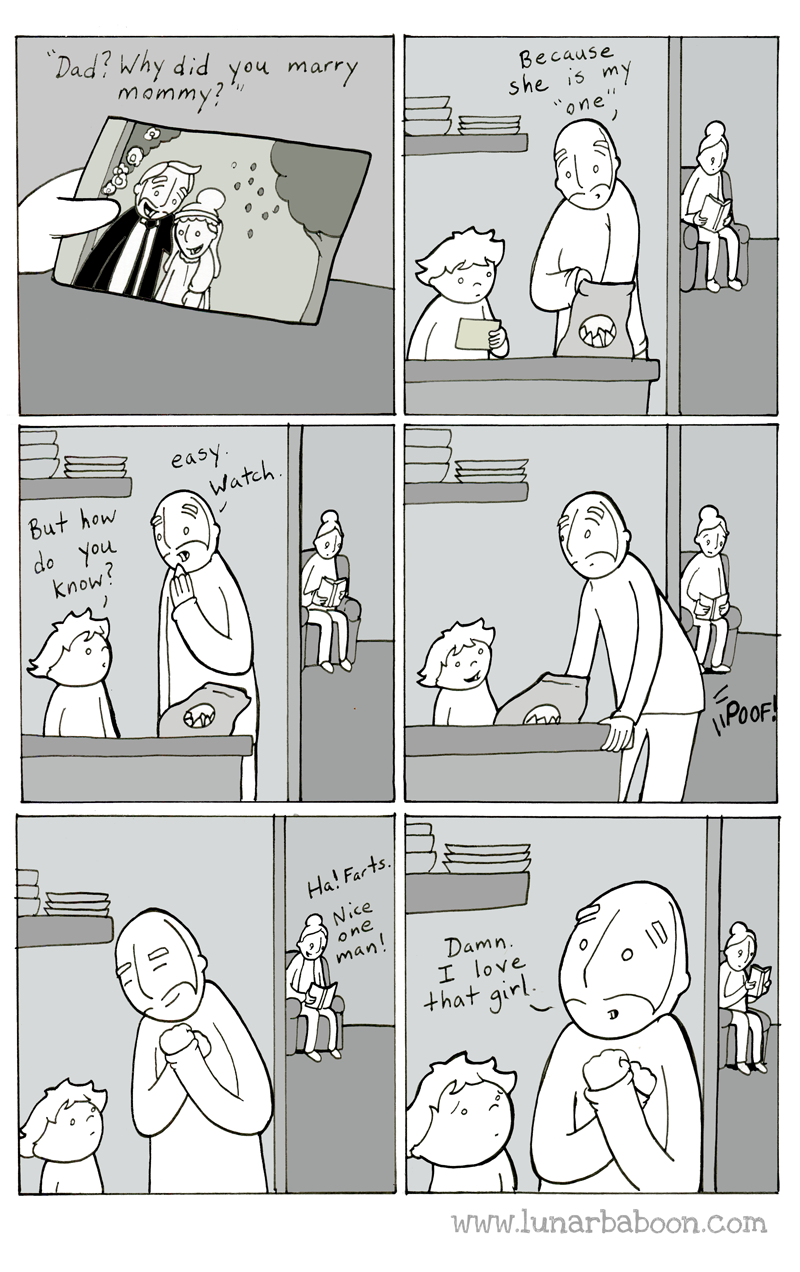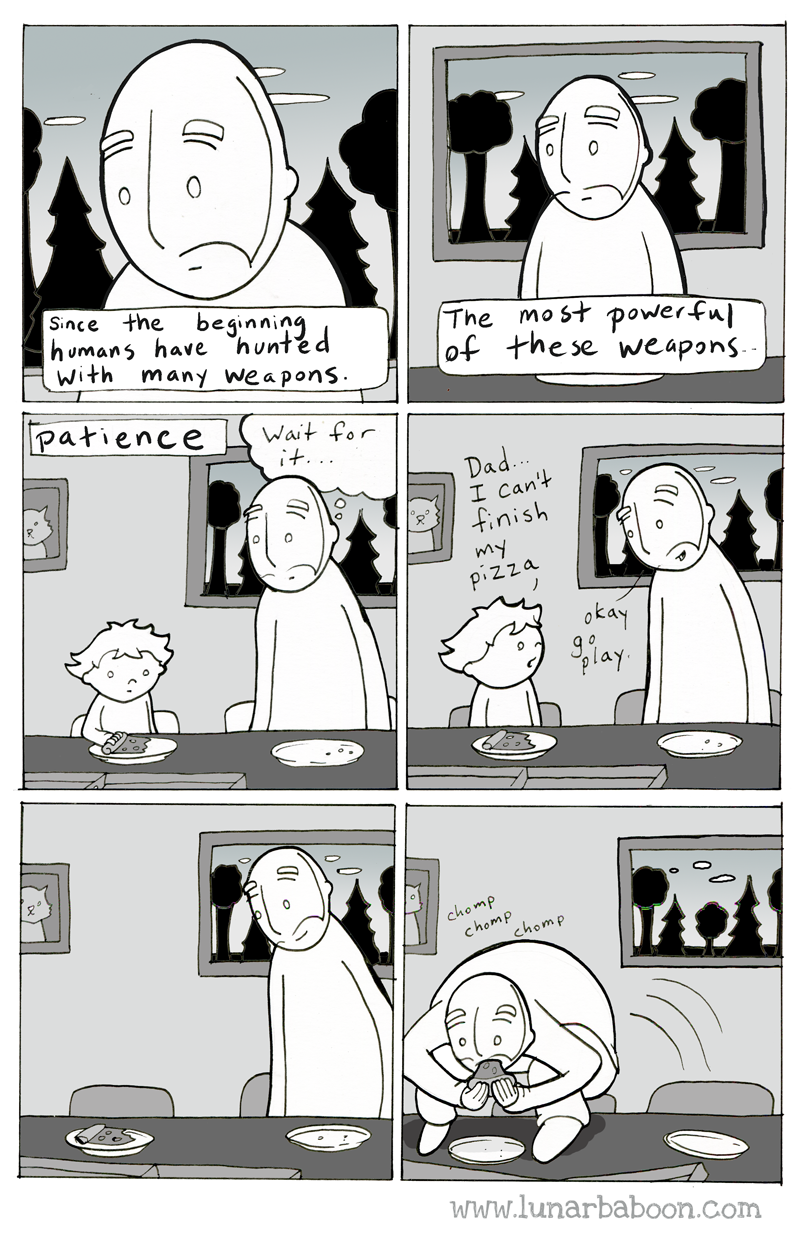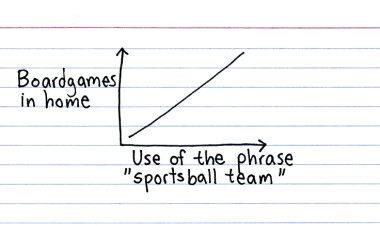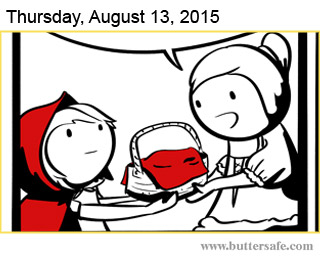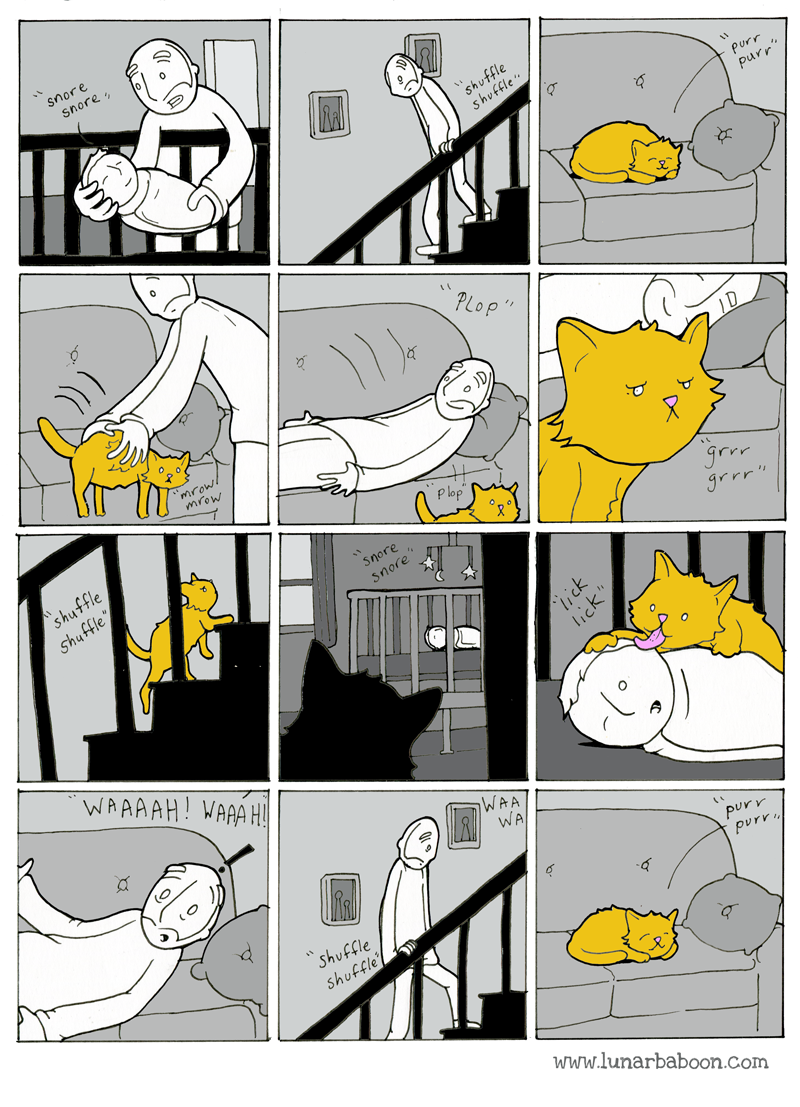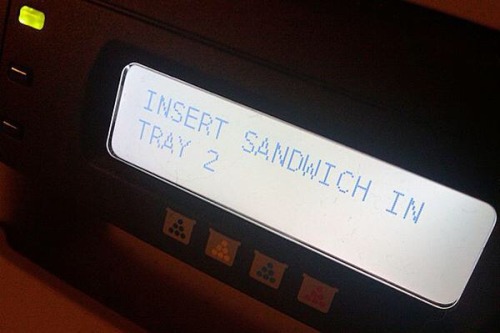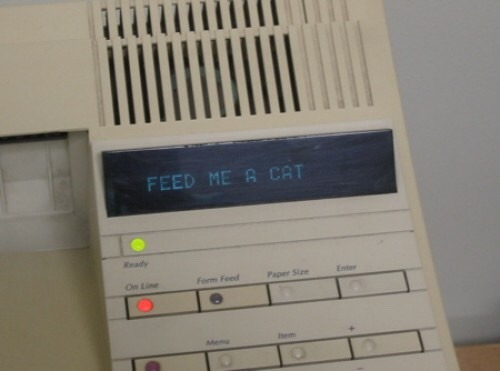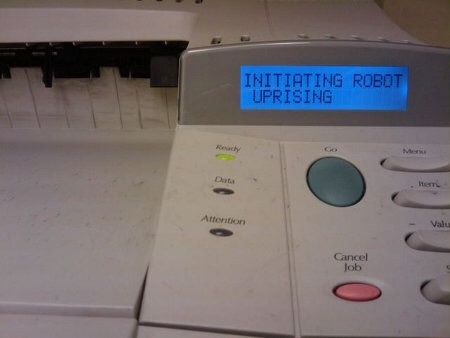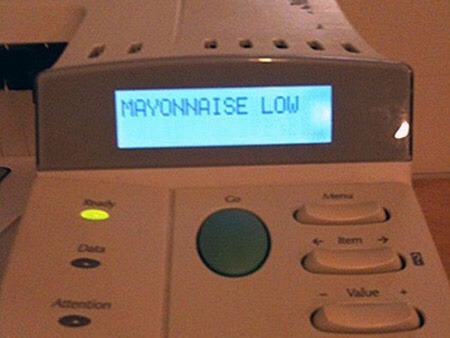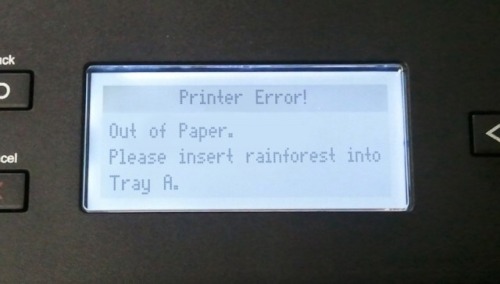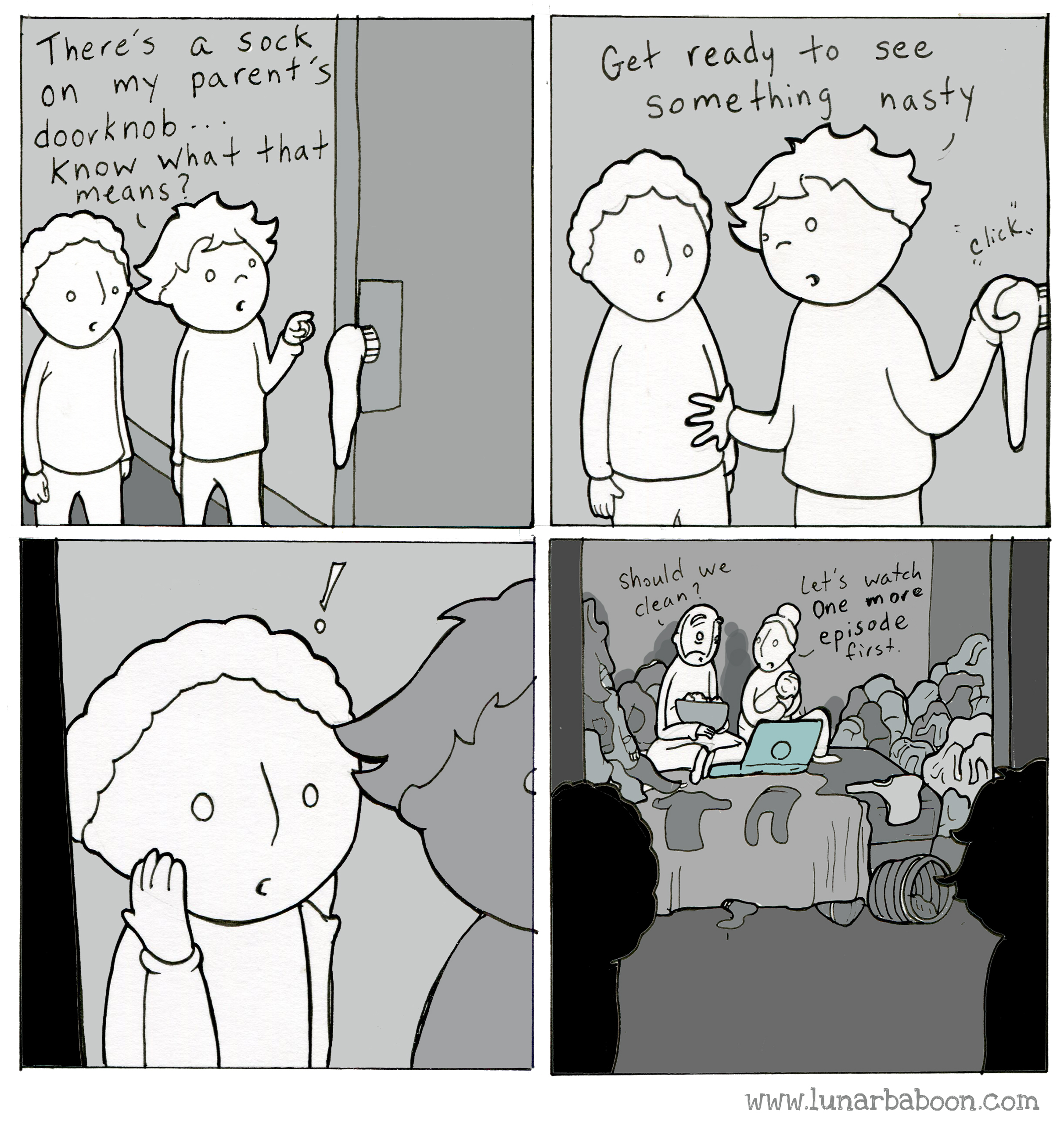 Felicia Day was kind enough to reserve some time for a press conference during DragonCon 2015. Fortunately, for me anyway, only two reporters, myself and Eris Walsh, showed up so we were able to have a fun, intimate chat with Day.
Felicia Day was kind enough to reserve some time for a press conference during DragonCon 2015. Fortunately, for me anyway, only two reporters, myself and Eris Walsh, showed up so we were able to have a fun, intimate chat with Day.
Day walked in and started right in with a great quote.
Felicia Day: Yesterday, the quote of the day was, “If you skin me, I would be a pale palette. I would be like a white knight armor.” Because my ass is really white.
Eris Walsh: Believe me, I feel you. All of my pigment is fake.
FD: At least you have a little pink. I’m the color of dead things. You probably want to get to the parade.
EW: There’s so many people.
FD: It’s really a lot of people.
GeekDad: It’s actually kind of nice not being in the crowd for once.
—
Only two of us had shown up on time. DragonCon media relations then locked the door.
—
FD: So you’re from Mary Sue. Where are you from?
GD: GeekDad
FD: GeekDad. So Marvel’s f—ed?
DragonCon: We keep notes on who shows up and who doesn’t so…
FD: Really? They enter a blacklist? This is the most fascinating part of this interview! It’s the DragonCon Press Blacklist.
DC: Yeah, if they’re really bad, we blacklist them. When you get an opportunity like this where it’s only three reporters, it’s very different from a large press conference.
FD: Yeah, that’s true.
DC: Because we don’t want to waste your time either.
FD: Yeah, that’s true, we all could be sleeping.
DC: Or if they ask really horrible, personal questions.
FD: Oh well that’s good. What’s the worst thing anybody’s ever done?
DC: This was several years ago, and we used to let college kids come in to interview. This guy came in dressed as the Riddler, full spandex. And it was Billy West. Billy West just talks. He’s amazing. And Billy West was so uncomfortable. The questions were so awkward. After five minutes I just said, “We’re done.” There was another reporter who was going around asking people about how they live in their mom’s basement and when was the last time you showered.
FD: What? That’s horrible.
DC: Or we had a reporter who had a gag where he would ask people questions and then smack them in the face with the microphone.
FD: I know that guy. That guy is a husband of somebody who I know, and I’ve never liked what he’s done. And it’s very awkward.
EW: That’s technically assault!
FD: I agree with you.
DC: So, yeah, we blacklist them because we protect our members, our guests, and the fan experience.
FD: Yeah, you should. This is what I love about DragonCon. This is my favorite con. It’s much different from Comic Con. I don’t know. I like some aspects of Comic Con just because I have a business, so I see it differently. I don’t know if I’d want to be a consumer at Comic Con versus here. It’s not the same.
EW: I don’t know if I’d ever go to SDCC without a press badge. I would never pay to go.
FD: It’s too much and too many people who are just motivated to get Hasbro toys. That’s all they want you know.
EW: Just go to Toys R Us. It’s cool.
FD: You don’t have to try to punch somebody for a Barbie.
GD: I’m surprised nobody got hurt yesterday.
FD: What happened yesterday?
GD: The Force Friday thing.
FD: Oh yeah.
EW: I was particularly wondering about Charlie and there’s been a lot of like “They keep killing off all the female characters.” How do you feel about it? Was that your idea or was it the writers’ idea?
FD: No, it wasn’t my idea, but being somebody who is in front of and behind the camera I understand the need for a show to run the way a show needs to run. So I, of course, as an actor, was like, “Oh I’m sad” because I love being a part of that family for four years, but I can’t begrudge anyone who wants to kill me off. I’m kind of the Sean Bean of women now. I’m being killed by the best, so I try to look at it as a compliment. Personally, I would love to see more diversity on television both behind and in front of the camera. I hope for this next season of Supernatural they introduce more women characters or diverse characters. I think Sam and Dean need to be supported, and I love the fact that Charlie supported them, and they formed a little bit of a family together. I’m excited to see what they come up with. I can be sad that I don’t get to go and work on that wonderful set anymore, but I have to completely trust that the writers are doing the best that they can do with the tools that they have and the characters that they have. I try to be positive and look and say, “Hey I get to be on a different show now.” The good thing is you’re always part of the family.
EW: I’m sure the fans are never going to let Charlie go.
FD: That’s a beautiful thing. And that’s really a testament to the writing. Robbie Thompson wrote every episode except the last one that I was in, and it’s very hard to create a character that fans instantly like. Especially that fanbase. The Supernatural fanbase is very protective of their lore and their characters. To be welcomed into that family was kind of amazing. What do you do? Next job!
EW: What is the next job?
FD: Right now I have Con Man coming out. I’ve been concentrating on my book (You’re Never Weird on the Internet, Almost) for two years. It’s been a really long process. I’m not the kind of person who can juggle seven things at once. I mean I do juggle seven things at once because I run a company, and I oversee all the productions on that creatively, but personally I can only focus on one or two things at a time that I own, in a sense. Now that my book is coming to a close, I have a pilot that I’ve written that I’m shopping around to get made somehow. Once I get home I’m going to be pretty excited about looking for new opportunities. I get offered to be on shows a lot, and now I can finally say, “Yeah! I can be part of that family now.” It’s hard to cleave your attention especially when you’re in a show that has that sort of fandom aspect. You want to belong to that one. Otherwise it feels like dating someone else at the same time.
GD: Staying on the TV topic, are there any shows that you like watching that you feel have good strong female characters?
FD: Obviously, I love Amy Schumer. I love Girls. I loved it in the beginning. I tend to fall off a wagon and not get back on with shows, and it’s nothing personal to any show. I loved the first season of Sleepy Hollow. I love that character. She’s kind of a revolutionary character. They don’t necessarily have a romantic relationship. I think getting away from women only as romantic relationships is a key to progressing because women can be platonic friends with guys. They can be platonic friends with women. In TV land, not really.
GD: *cough* The Flash.
FD: So I love the fact that you can have a woman who is independent and have a guy friend, and they don’t need to be romantically linked. I thought that that was a great show. My favorite show lately is Jonathan Strange and Mr. Norell. Although the female characters are pretty disempowered in that, it’s so artfully done as a character study, and they were interesting characters. His wife was a very strong personality, and the woman who was captured… I don’t want to spoil anything, but they were key to the journey at least.
EW: Are there any downsides to having written the book? I’ve heard people say, “She’s really young to have written an autobiography.”
FD: A lot of people have said that, but then nobody has said that after reading the book. I think the cool part of it is that I’m much older than the YouTubers who are doing books now and talking about their digital lives. We’ve all grown up in this really formative time, so you can be any age, and you can offer your experience. The coolest thing about the book is that I’ve seen so many younger girls come up to me and tell me how important and empowering the book was to them to be themselves. Especially when you’re that age, you get a lot of peer pressure to conform to this idea of femininity and how women achieve things which is usually through ability and attractiveness and getting rid of the things that make you different in order to be attractive to men. I think, for me, to empower people to be weird and not to abandon the things that make them different in order to conform is a good step forward. Being my age, hopefully they are able to relate to me a little bit more because I’m telling a journey that’s not five steps away from them. They may have grown up on my work–five years on the internet and if they’re 10 or 15, they grew up on my work–and I used to shy away from that like, “Oh my god, I’m old!” But not really when you think about in the digital world most of the audience is young. I just encourage people to be as weird as they want to be and to not get rid of the things that make them special especially to conform to the stereotypes the world is telling us to be.
GD: Was there any one thing that made you want to do the book now?
FD: I describe this in the book, but I had a very bad nervous breakdown physically and mentally. I really had a horrible time, and I almost didn’t come out of it in a lot of ways. I almost quit. There were a lot of branching storylines I could have followed in the RPG of my life. Because I decided to stick with it and was able to emerge from it a much stronger person and a much healthier person I really did want to relay some of the things I learned to help other people if they find themselves in that lost place. I wanted to make people laugh because I love Tina Fey, and I love Mindy Kaling, and I loved their biographies. And I knew that I wanted to do something like that. But at the same time I really wanted it to mean something to somebody else. Our creativity isn’t about ourselves. It’s about other people. Our life journeys should be about sharing our experiences with other people and it helping steer their lives in small ways or large. We’re not about ourselves. We’re about what we express and how we affect others. If you think about life like that, it’s important to get your voice out there. Because I had gone through very many traumatic things that I wish I had known or that somebody had shown me an example of so that it would have occurred to me during the journey, “Oh you could have just done this.” We have blinders on a lot in life, and the more you can see different representations, the more you have possibilities for yourself. Hopefully there are a couple of nuggets in my book that open doors for people that wouldn’t have occurred to them before.
EW: You mentioned the RPG of your life. How many games do you actually get a chance to play? And which ones do you like?
FD: The good thing is that I fell in love with Twitch streaming last year. I started playing for myself only. Nothing to do with my company. Nothing to do with anything business-wise. I just needed to do something that got me back to my roots of doing what I love which is talking to a small community online. I was so inspired by the community building aspects of that platform because on YouTube it felt like I was diving into a pool of a lot of beautiful fish but there are a lot of piranhas too. And there’s no way to get rid of the piranhas. Nobody is empowered with the tools on that platform to really craft a community that anybody you meet in the comments you’d want to meet in person. And Twitch does have those. I love the idea of just logging on and seeing the same people over and over. And I wanted to extend that to my company because that’s really what I wanted to start the company for. I wanted to have a community building aspect where people who loved The Guild could continue with my work in other areas and stay together. YouTube just didn’t provide that for a lot of reasons.So I turned that into a whole business for Geek & Sundry, and we stream like six days a week, and it’s really awesome, but I still do my own stuff. I try to stream twice a week for myself which is really fun–once with my brother and once just me. And then when I’m really stressed out I play video games. Lately I’ve been playing The Witcher 3 which has some very interesting storytelling, but I really love it. The quests and the transportation system is so efficient that it should be a standard because you don’t have to waste time. You get on your horse, you fast travel, and it’s like, “Wow, why did I ever commute in a video game?” I’m also a big fan of indie games, and I really like to champion them. I love storytelling based roleplaying games. I love the Telltale Games because, again, it’s story-based. A lot of indie games have a lot of story to them or ambience that’s really unique. If you’re a lone developer in Sweden, and if I play your game and get ten more people to play it I feel like I’m doing good for the world.
EW: Do you get to play any tabletop games or is it just video games?
FD: When I’m in town more I have a monthly game. My brother comes out once a month or once every month and a half to record Co-optitude which is a show I just do for fun with him on YouTube. Every time he would come out, I would have board game night, so I’d invite my friends over, and we’d play. I love board games. It’s not something I ever loved before I started doing Tabletop with Wil (Wheaton). He really introduced me to that whole world, and the fact that his enthusiasm made me enthusiastic which made me enthusiastic to share it with everybody was really a big driving force in the last couple of years of my life. To discover all these amazing games and have this thing that brings friends together and screaming at people not to get pizza grease on the pieces, “Sleeve that card!” It’s the funnest ever, and it’s hard to justify getting together and just hanging out with friends. I don’t really see the point sometimes in that, but if we have a game we can focus on that.
GD: Speaking of Wil, I have my Wesley Crusher socks on.
FD: Oh wow. The secret Wesley Crusher socks!
GD: Who is more fun to beat at a game, Wil or Ryon (her brother)? You beat both of them pretty regularly.
FD: Yeah, I beat both of them. It’s fun to beat my brother because I’ve been beating him up all my life. He’s not a very competitive person. But Wil treats me like a little sister sometimes, and I really love that. I’m the kind of the person who likes to fight really hard so very often his skill is very, very high. When I can sort of slip around and surprise him from the back of his head that makes me feel like an annoying little sister annoying her older brother, so I guess beating Wil is pretty fun because I’m not as used to it. It’s a bigger victory.
EW: Completely off topic, but I have an issue with first person shooters. I can’t play them. I just can’t control them. Stairs are the enemy. My friend and I filmed it because it’s that ridiculous. We played Halo and his wife suggested we played PVP.
FD: Oh no. That’s not cool!
EW: It was hilarious, but it did not end well.
FD: I don’t know why games became associated with first person shooters. That’s really what drives a lot of the “you’re not a gamer” thing. And I don’t understand because there are so many different kinds of games, and also that wasn’t the original kind of game. It’s just a type of game. Why that became the definitive sort of “this is the architecture of gaming–everything else is other.” It doesn’t make sense to me, and it’s really myopic and ignorant in a sense. You can’t just say one type of media is TV, like, only one hour drama is TV, and everything else is crap. No. There’s all sorts of TV. And that’s what I like to see–that all different types of games can be equally lauded and more than defining a game as being good at headshotting someone.
EW: When the statistics came out that women are huge gamers people kept saying “Well that’s not real games.” Especially cell phone games. It’s still a game!
FD: It’s very easy to define gameplay, and that’s a game. It’s just a way for people to cling to their superiority and defining the world of games, but pretty soon it’s going to be a moot point because there’s so many more women playing games that it can’t even be an exception. I would love that to happen with female directors–that there are so many that we don’t need to point it out anymore. Soon! I think way less soon than the definition of gamer.
GD: What’s your favorite thing you’ve learned on The Flog of all the stuff that you’ve done?
FD: Oh, that’s a good question. Let’s see. I loved blacksmithing because it was dangerous, and I really like making things, and that’s really satisfying. I just recently did a pole dancing class which has a lot of views for the obvious YouTube reasons, but at the same time it was really fun. It was way more fun because I love the merry-go-round at the playground and basically it’s that. It was a safe place where you could really have fun and not feel like you’re being sexual, or dirty, or trying to entice somebody else. It’s not about other people. You can actually have sexuality for yourself which is not something that’s a foreign concept to me but in actuating that I was like, “Hey, I’m just going to have fun for me. This is not about you.” And a lot of that we live with everyday. We feel responsible for our sexuality because of the way it affects other people. I think that’s really stupid because that other person should have control of themselves. They are just as much of an adult, and I shouldn’t have to curb all of my behavior based on their inability to curb theirs.
EW: That’s a basic concept that can be applied to pretty much everything.
FD: Pretty much everything! But unfortunately it isn’t a lot. Anyway, it was fun. It was fun to spin around on the pole and get sick.
EW: Did you get sick?
FD: Definitely. I don’t deal with vertigo very well. When they unplugged the pole you can make it spin really fast. You unplug it, and it becomes a revolving–it goes crazy fast! It’s kind of terrifying but fun, but then at the end I was like, “Oh boy, this was like being on a Six Flags ride I didn’t want to be on.” I think if I’d done it a couple more times maybe I’d get used to it.
GD: It’s a really good episode. It’s amazing how, that episode especially, in such a short amount of time, someone can watch you go through being super uncomfortable at the beginning, at least it seemed like it.
FD: Yeah, I was. I was.
GD: And then at the end you were like, “This is awesome. I want to do it again.” You can watch that story arc in five minutes of show.
FD: It’s good, and I went in with a preconceived notion that was not necessarily what my experience would be. That’s kind of what I want to do with the show. I hope to bring it back again next year in another limited run because that’s more doable for my schedule. Each one of those things is opening a door for myself but hopefully also opening doors for other people. Why not try a pole dancing class? I had a lot of reasons why but they weren’t even good reasons.
—
We then had to clear the room for the next press conference, but I did get confirmation from Day before she left that she is looking forward to Fallout 4 as much as I am!
If you value content from GeekDad, please support us via Patreon.










